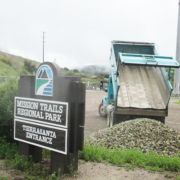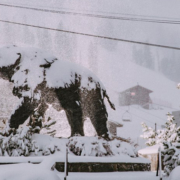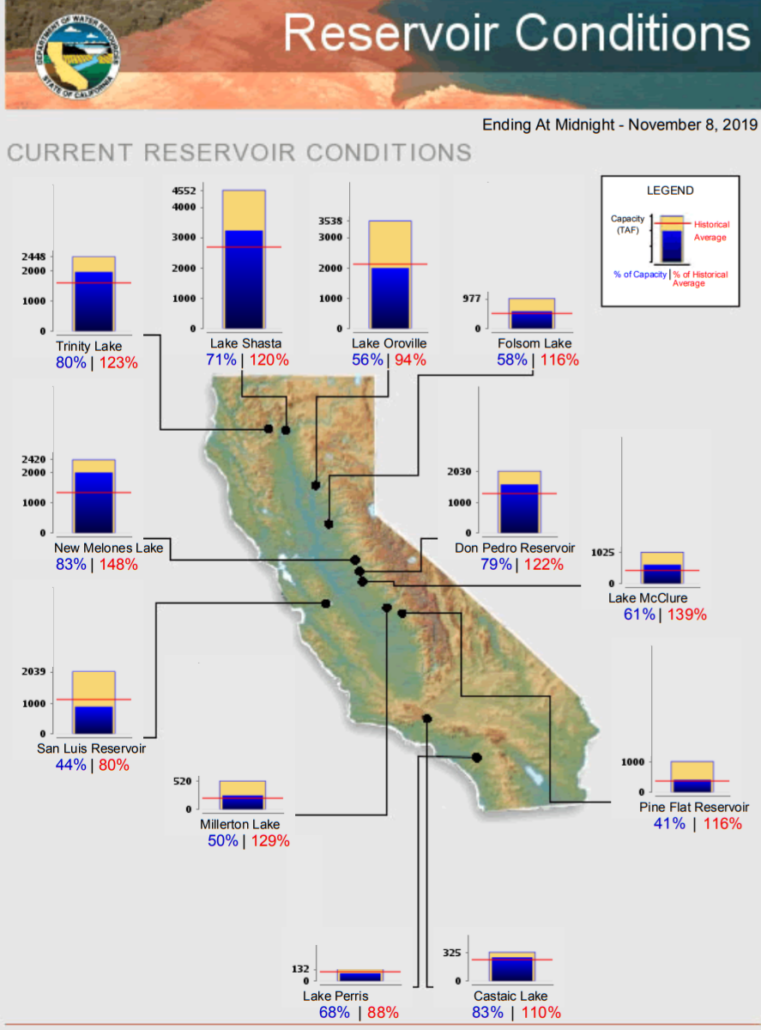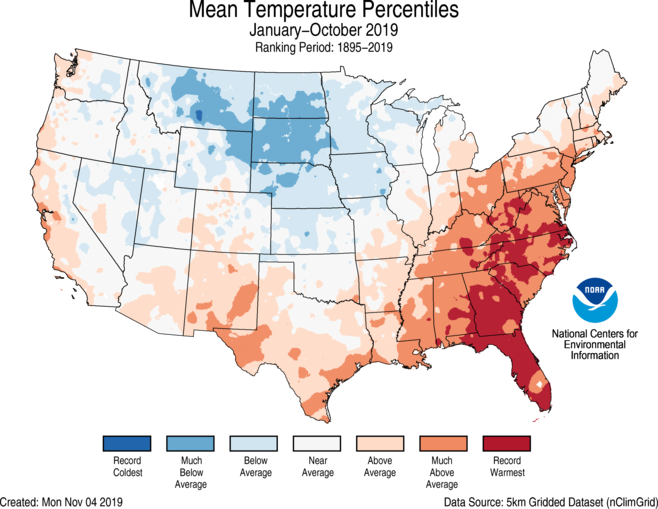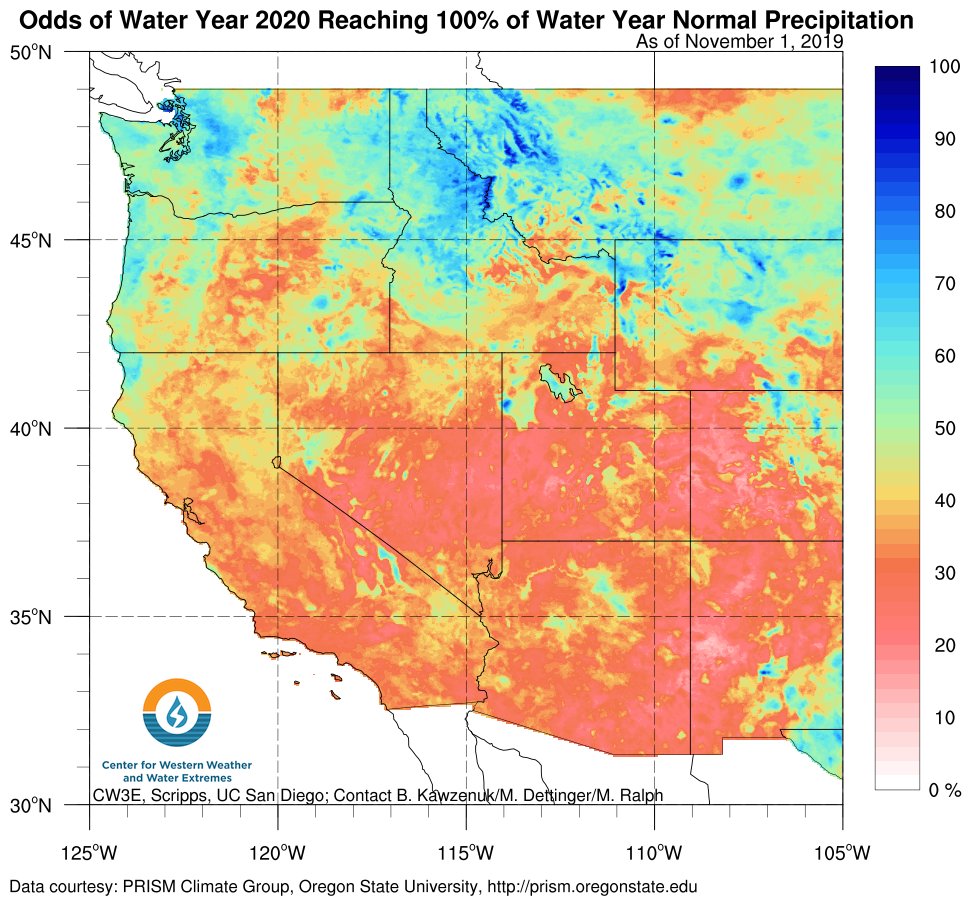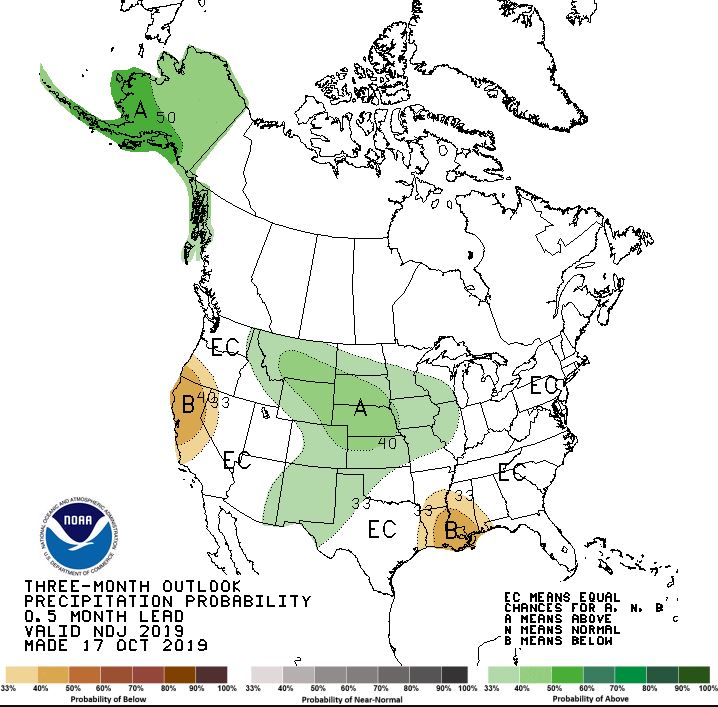Construction Begins on Essential Water Project in Mission Trails Regional Park
The San Diego County Water Authority is making progress on the construction of a new 5 million gallon underground reservoir in Mission Trails Regional Park. The underground reservoir is also known as a flow regulatory structure.
Classified as a “critical or essential” infrastructure project during the COVID-19 response, the project is moving forward to stay on schedule. Water Authority and contractor staff are taking heath protection precautions to maintain public safety by following COVID-19 safety guidelines, including wearing face masks, using hand sanitizers, and disinfecting fencing, work tools and equipment.
Construction preparation underway for water project
Recent work includes the installation of temporary office trailers at the east end of Clairemont Mesa Drive in the City of San Diego, delivery of materials, installation of eight-foot fencing around the major construction sites and placement of silt fencing around environmentally sensitive areas.
Topsoil is being removed and saved where digging is planned. This topsoil will be placed back in its original location after construction is done to encourage plant re-growth, help hold water and prevent soil erosion. Construction crews are working Monday through Friday between 7 a.m. and 7 p.m.
Trail closures to ensure safety of public and essential workers
Some trails in the western portion of the park are closed to ensure the safety of the public and essential workers on site. Several trail closure signs with maps have been strategically placed to help park users navigate the trails and take detours to avoid the construction area.
The project is in the western part of Mission Trails Regional Park near the Tierrasanta community. It includes building the new underground covered reservoir, a flow control facility and pipeline interconnections to upgrade the system that delivers water to treatment plants serving the central and southern areas of San Diego County. The project is anticipated to be complete in early 2022.

